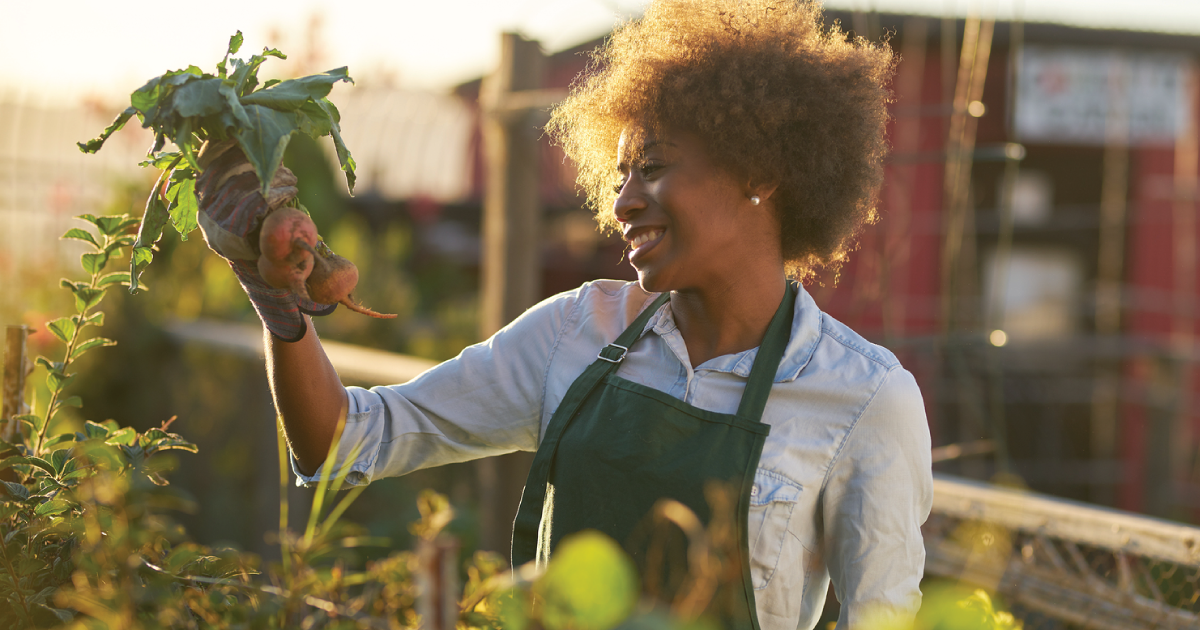
The Chemical-Free Food Movement Turning Dusty Land Into Fertile Paradise
Kristof and Stacia Nordin’s 3.7-acre garden outside Lilongwe, in Malawi, is a food forest. Mango trees grow beside tall tamarinds, acacia, guavas, passion fruit and coconut palms. Below them are lemon and orange trees, tomatoes, blackjack, maize, and cassava. The ground is thick with pineapples and watermelon, and decomposing leaves and other plants cover a rich soil growing yams and sweet potatoes.
September 5, 2018 | Source: Huffington Post | by John Vidal
It’s called permaculture, and advocates say it could feed the world.
Kristof and Stacia Nordin’s 3.7-acre garden outside Lilongwe, in Malawi, is a food forest. Mango trees grow beside tall tamarinds, acacia, guavas, passion fruit and coconut palms. Below them are lemon and orange trees, tomatoes, blackjack, maize, and cassava. The ground is thick with pineapples and watermelon, and decomposing leaves and other plants cover a rich soil growing yams and sweet potatoes.
The contrast between their garden at Chitedze, where they grow over 200 crops, and much of the land beyond their property is stark. Where the Nordins’ land is fed with their own compost and organic wastes, the majority of Malawian farmers use chemical fertilizers.
Where the Nordins have a 10-month growing season, picking fresh fruit and vegetables throughout the year, Malawian agriculture is dominated by maize, which is vulnerable to droughts, heat waves, floods and insect infestations.
